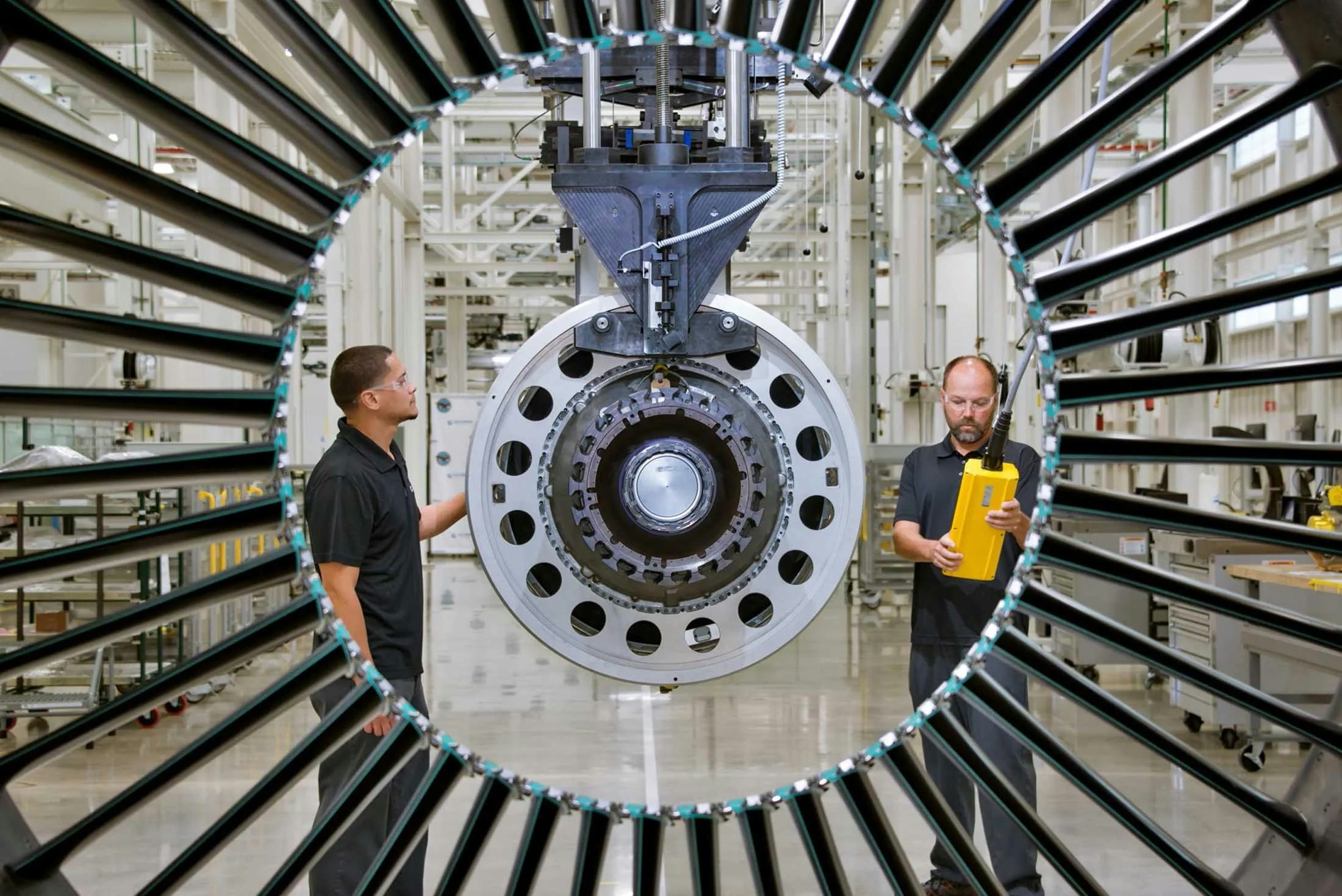
AeroGenie – Ihr intelligenter Copilot.
Trends
Categories
Crew and Passengers Report Illness from Jet Engine Fumes
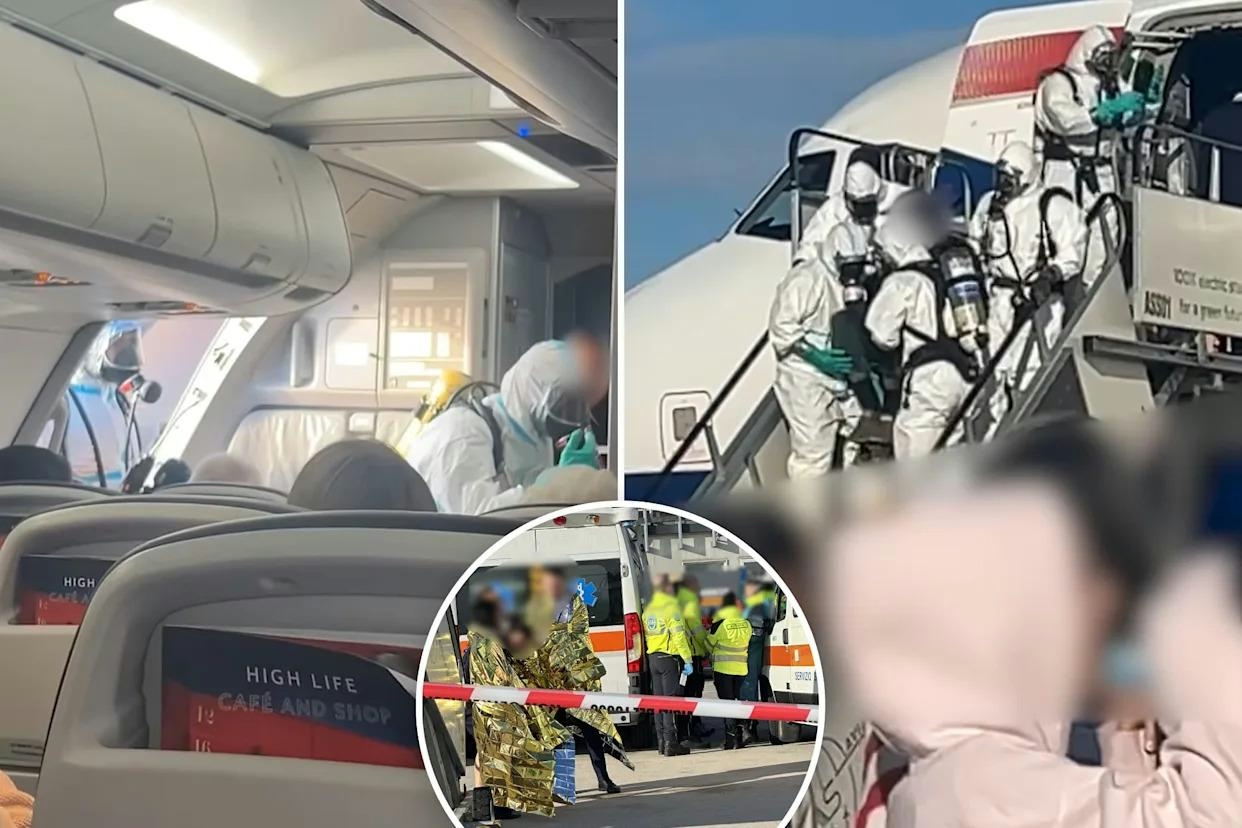
Crew and Passengers Report Illness from Jet Engine Fumes
Health Concerns Linked to Bleed Air System
Since 2010, the Federal Aviation Administration (FAA) has received thousands of reports concerning toxic fumes leaking from jet engines into the cockpits and cabins of commercial aircraft. These incidents are associated with the widely used “bleed air” system, which sources air directly from the engines to supply breathable air onboard. Exposure to these fumes has raised serious health concerns among crew members and passengers alike. Reported symptoms range from headaches and dizziness to more severe conditions, including traumatic brain injuries. Flight attendants, pilots, and travelers have described repeated exposure to hazardous air, prompting urgent calls for increased transparency and remedial action within the aviation sector.
Industry Response and Regulatory Challenges
Despite growing awareness of the issue, including acknowledgment by both the United Nations and the FAA, major aircraft manufacturers such as Airbus and Boeing have not been compelled to implement significant design changes. This lack of mandated reform has drawn criticism from safety advocates and some industry experts, who contend that current measures fall short of adequately protecting public health. The ongoing reports have also influenced market dynamics, with heightened scrutiny directed at aircraft manufacturers and airlines. Some competitors have responded by highlighting enhanced safety protocols and investigating alternative air circulation systems that do not rely on bleed air. Meanwhile, manufacturers face increasing pressure to develop new designs aimed at reducing the risk of toxic fume exposure.
As the aviation industry continues to confront these challenges, the safety of cabin air remains a critical concern for regulators, airlines, and passengers. The FAA persists in collecting data and investigating reported incidents, yet the fundamental aircraft design that permits engine fumes to enter cabins remains largely unchanged.
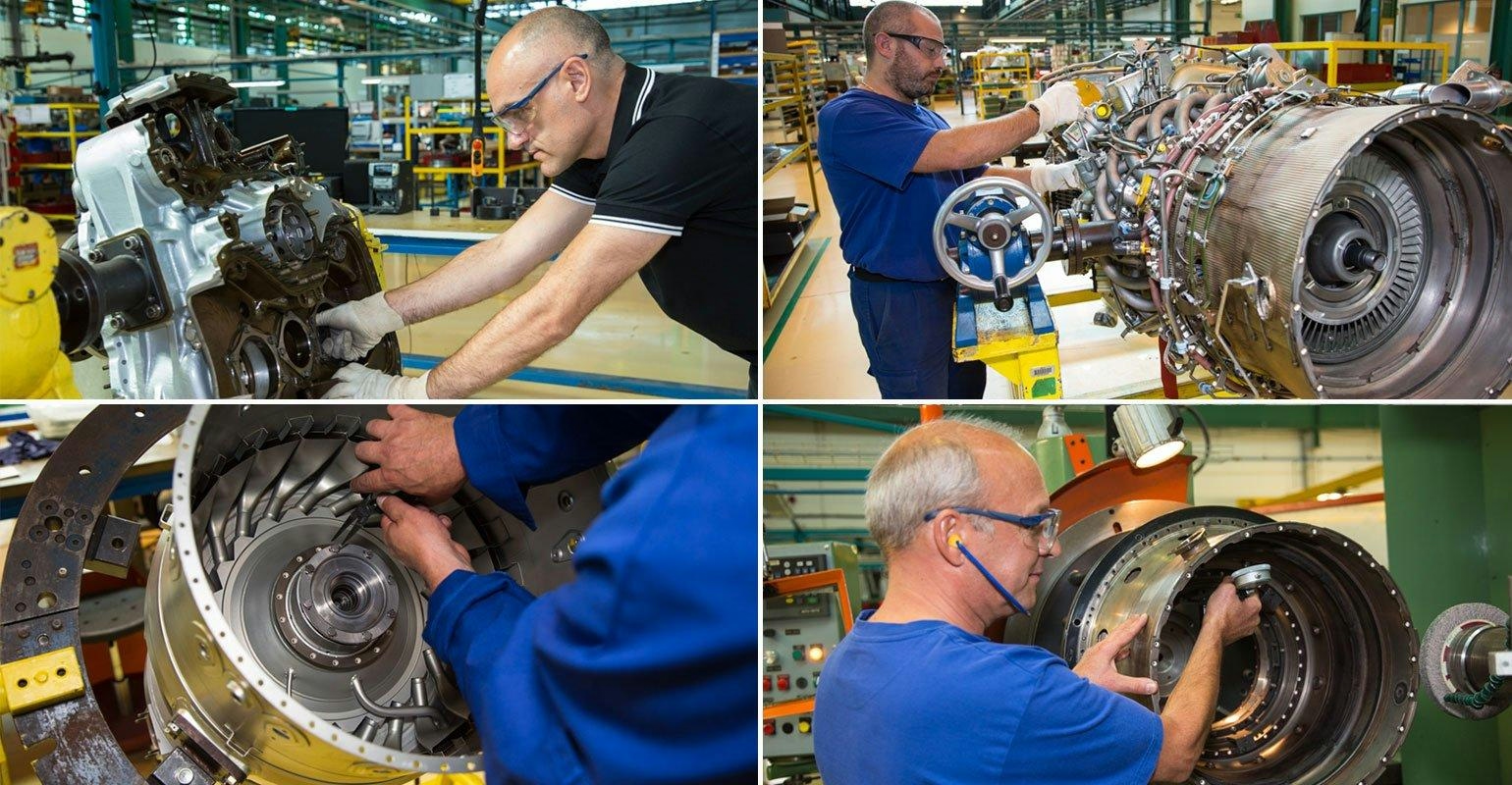
StandardAero Partners with GMF for Engine Maintenance and Repair

AAR to Expand MRO Services with Acquisition of HAECO Americas Facilities
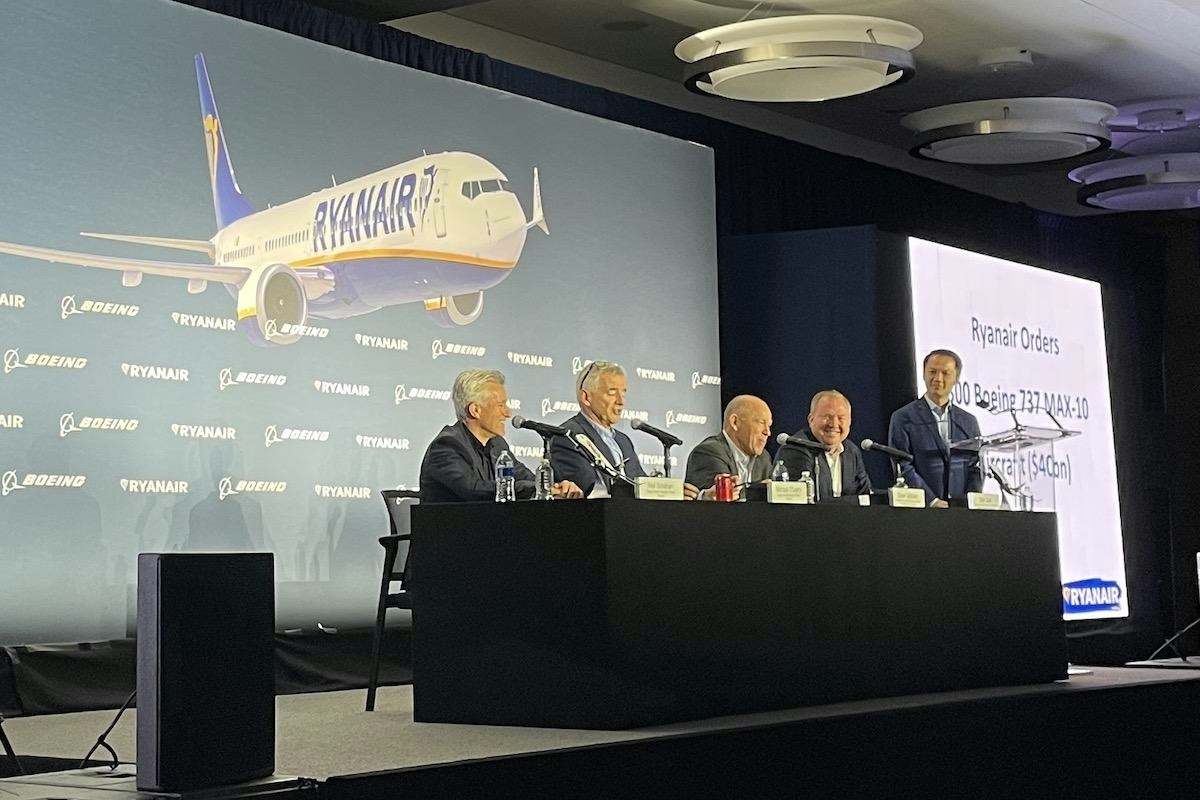
Ryanair Accelerates Pilot Recruitment Ahead of Boeing 737 MAX 10 Delivery
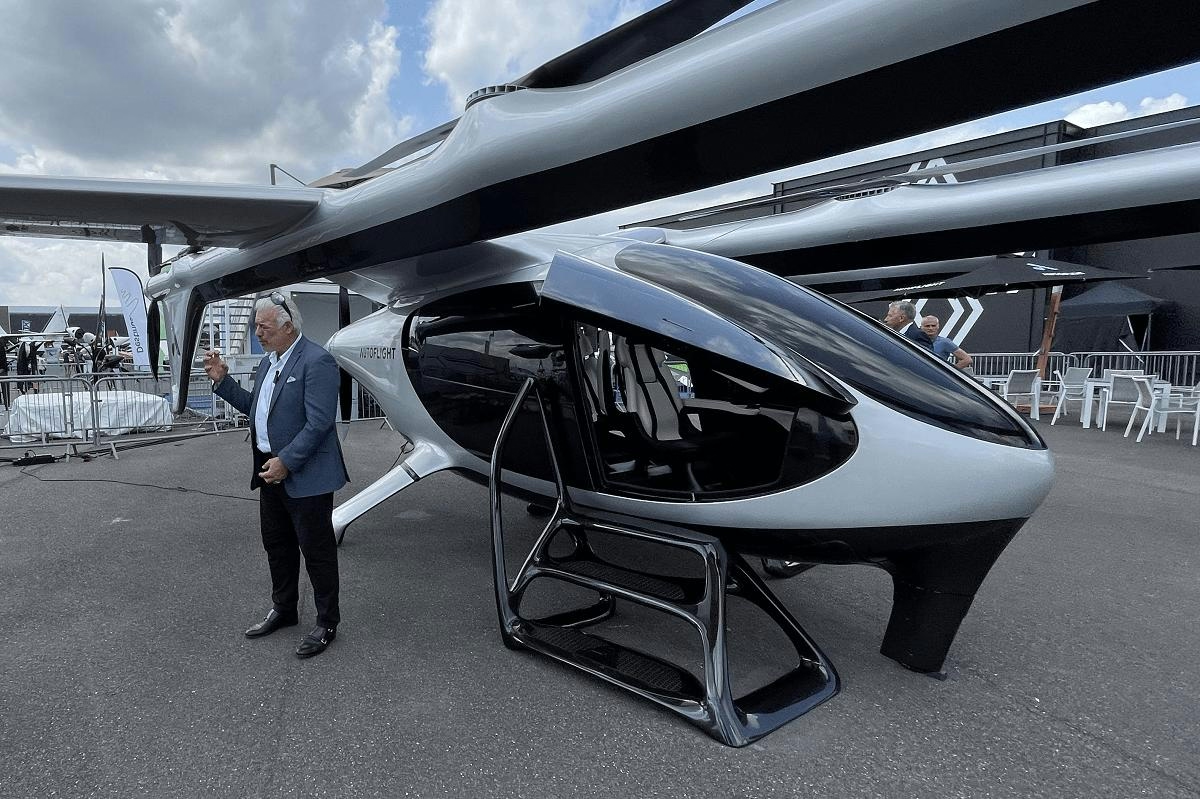
AutoFlight Plans Delivery of 50 eVTOL Aircraft in 2024

Capital A Launches New Aviation Hub in Bahrain as Part of Multi-Hub Strategy
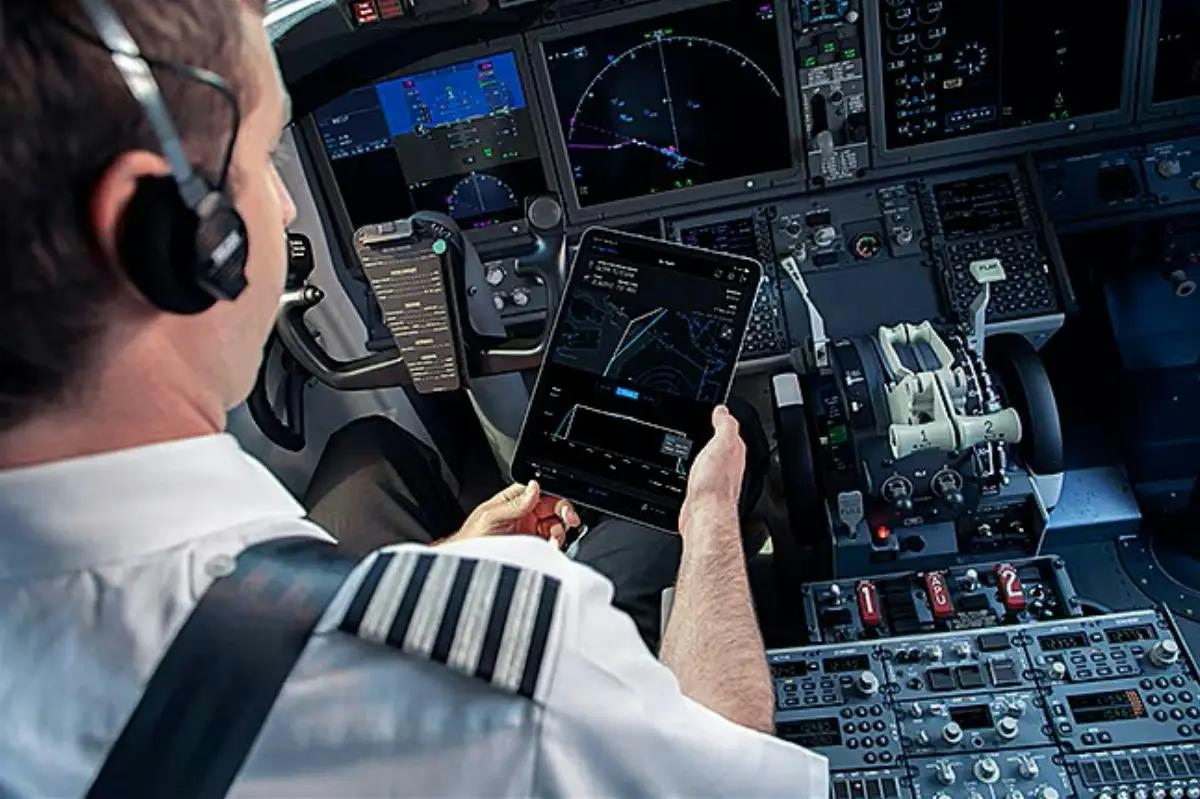
Jeppesen ForeFlight Becomes Independent Company, Introducing AI Solutions for Aviation

Joby’s UAE Certification Delay Raises Concerns Over Air Taxi Timeline, Weighs on eVTOL Stocks
Veryon Acquires EBIS
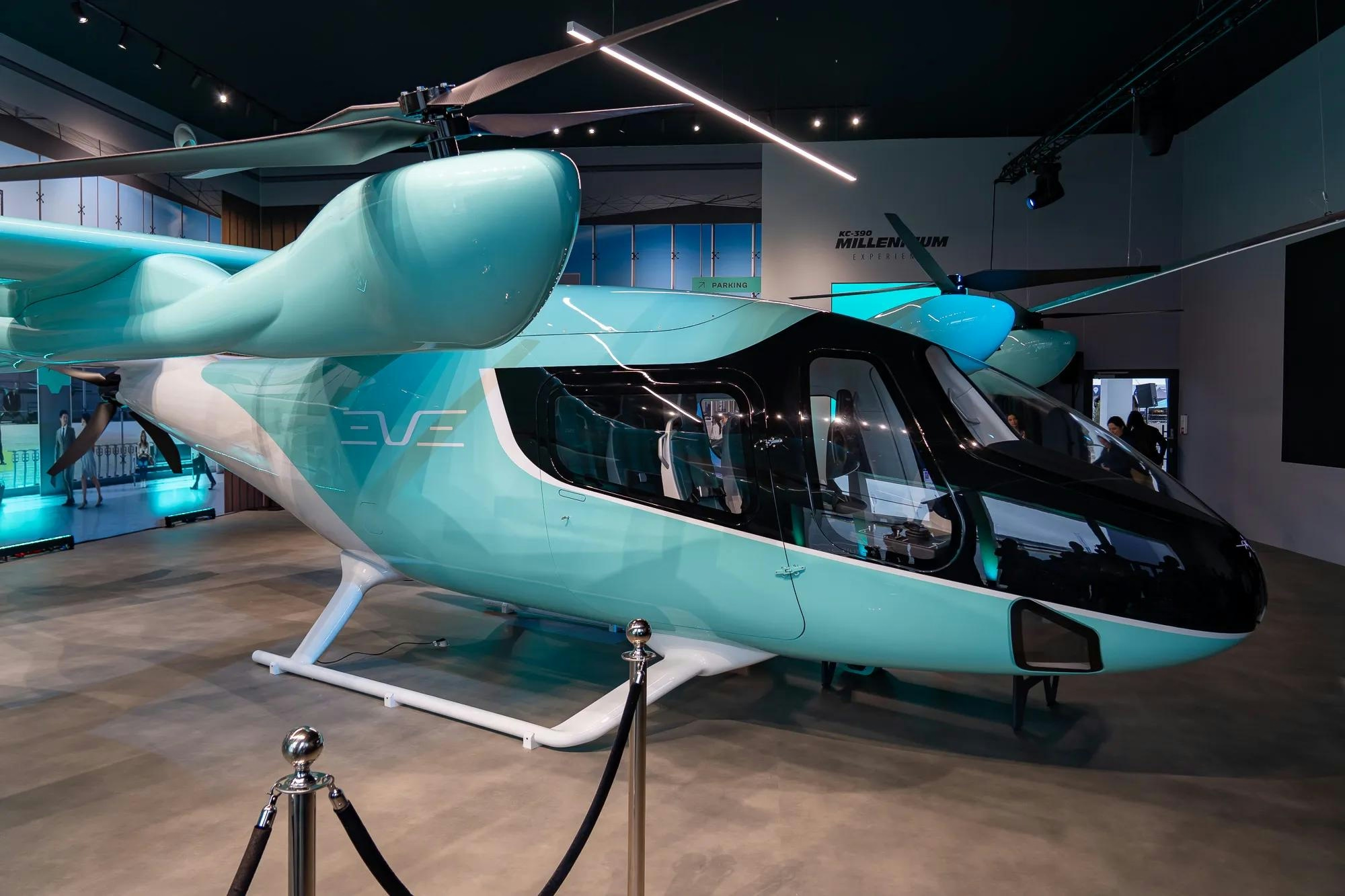
Brazilian eVTOL to Enhance Luxury Air Mobility in Bahrain
